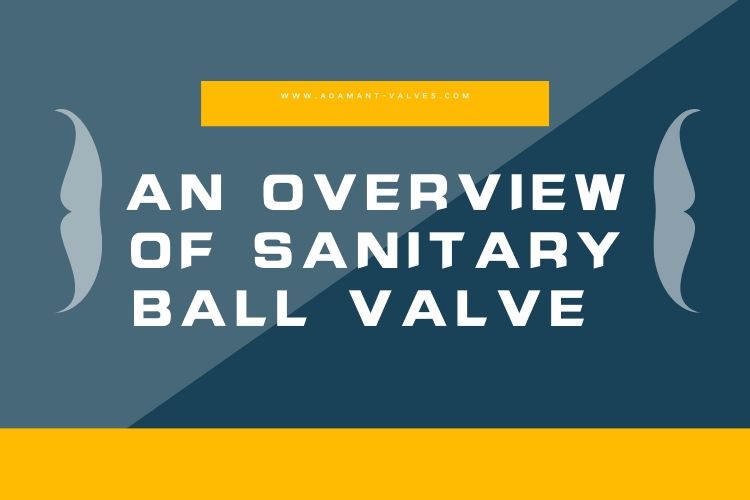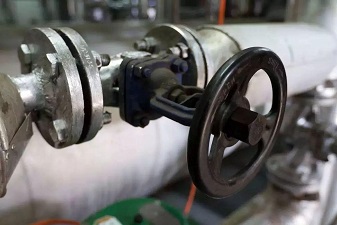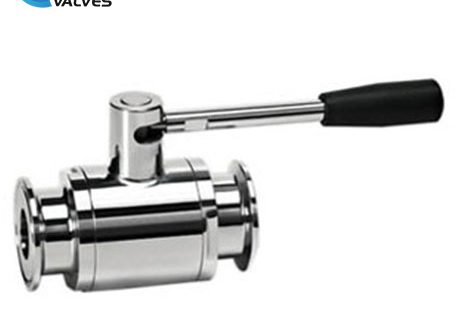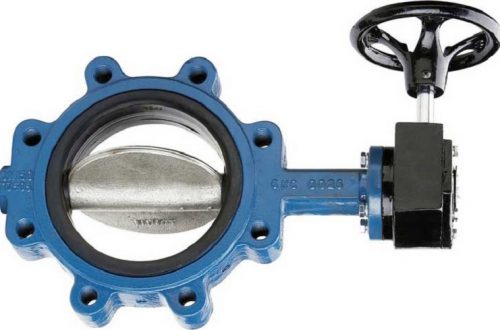Sanitary ball valves are also called as hygienic ball valve which is opened by turning handles attached to balls inside the valves. The ball has a hole or port through the middle. When the port is in line with both ends of the valve, flow will occur. When the valve is closed, the hole is perpendicular to the ends of the valve, and flow is blocked. A ball valve is durable and usually work to achieve perfect shutoff even after years of disuse.
Working Principle of Sanitary Ball Valve
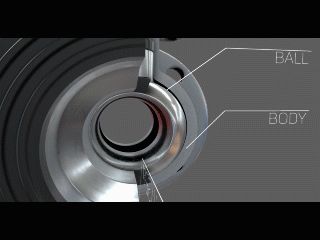
The Ball valve uses a hollow, perforated and pivoting ball to control flow through it. The ball valve drives the valve handle to rotate by a transmission, which in turn drives the ball to rotate about an axis perpendicular to the flow. It is open when the ball’s hole is in line with the flow and closed when it is pivoted 90-degrees by the valve handle.
Advantages of Sanitary Ball Valve
1 The structure is simple, the weight and volume are relatively small, and it is easy to disassemble and repair.
2 Since the valve stem only rotates, the packing seal of the valve stem is not easily broken, and the sealing capacity increases as the medium pressure increases.
3 The fluid resistance is small, and the full-bore ball valve has substantially no flow resistance. Pneumatic ball valves are one of the least fluid resistances in all valve classifications.
4 The operation is simple and rapid, and it only needs to be rotated by 90° from full opening to full closing, which is convenient for long-distance control.
5 It is suitable for a wide range of applications, from a few millimeters to a few meters, from high vacuum to high pressure.
Installation of Sanitary Ball Valve
*During the construction, the construction contractor, the safety department, the factory production department and the construction unit shall fully coordinate to clarify the scope of responsibility for the operation;
*The full-time responsible person shall work on the site in the respective work responsibility area;
*When removing or installing sanitary valves, make changes and arrangements for daily production within a certain range affected by this operation, then remove and cut off the medium in the pipe;
*Support to fit the weight of the sanitary valve should be provided at the work site to prevent the sanitary valve from sinking and the center of the piping;
*After the completion of the work, the company should prepare for the pressure test, airtightness test, non-destructive inspection and other inspection items;
*Before entering the production operation at the end of the operation, the inner cleaning of the pipe network should be carried out, the removal of the blind plate on the pipe should be confirmed, and the operated valve should be restored to the open and close state before construction.
Maintenance of Sanitary Ball Valve
* Before use, the pneumatic ball valve should be cleaned by water to prevent iron scraps and other debris from entering the body cavity.
* When the ball valve is closed, there is still some residual medium in the valve body, which also bears certain pressure. Before servicing the ball valve, close the shutoff valve in front of the ball valve, open the ball valve that needs to be repaired, and completely release the pressure inside the valve body. If it is an electric ball valve or pneumatic ball valve, the power supply and air source should be disconnected first.
* Generally speaking, the soft sealing ball valve uses tetrafluoroethylene (PTFE) as the sealing material, the hard sealing ball valve sealing surface is made of metal surfacing. If cleaning the pipe ball valve is required, care should be taken to prevent leakage by damaging the sealing ring during removal.
* When the flange ball valve is disassembled, the bolts and nuts on the flange shall be fixed first, then all the nuts shall be tightened slightly, and finally fixed with strength. If the individual nuts are firmly fixed first, and then other nuts are fixed, the flange surface will be damaged or broken due to inhomogeneity between the flange faces, resulting in leakage of valve flange docking media.
* If the valve is cleaned, the solvent used must not conflict or corrode with the fittings to be cleaned. If it is a special ball valve for gas, then gasoline can be used to clean, and other parts can generally be cleaned with water. The dirt, oil and other attachments should be thoroughly cleaned when cleaning. If it cannot be cleaned with water, it can be cleaned with alcohol and other cleaning agents without damaging the valve body and parts. After the cleaning, the cleaning agent will be completely volatilized before assembling.
* If a minor leak is found at the packing place during use, tighten the stem nut slightly until the leak stops and do not continue to tighten.
* Long-term open storage will cause the valve body and parts to rust and cannot be used normally. Ball valves shall be stored in a rainproof, waterproof, moisture-proof location and shall be covered with a flange. Valve stored for more than 12 months should be retested when used to ensure stable performance.
Different Structural Types of Sanitary Ball Valves
Floating ball valve
The sphere of the ball valve floats. Under the effect of medium pressure, the sphere can produce a certain displacement and be pressed tight on the sealing surface at the outlet, ensuring the sealing of the outlet.
The floating ball valve has a simple structure and good sealing, but a load of working medium sustained by the sphere is all passed on to the outlet sealing ring. Therefore, one needs to consider if the material of the sealing ring can sustain the working load of the sphere medium. This structure is widely used in medium and low-pressure ball valves.
Fixed ball valve
The sphere of the ball valve is fixed and doesn’t move after being pressured. All fixed ball valves have floating valve seats. Under medium pressure, the valve seat moves, pressing the sealing ring tight on the sphere to ensure sealing. Usually, bearings are installed on the upper and lower shafts of the sphere. It has a small operating torque and is suitable for valves of high pressure and large diameter.
In order to reduce the operating torque of the ball valve and to increase the reliability of the sealing, there have been oil sealing ball valves in recent years. Special lubricants are injected between the sealing surfaces to form a layer of oil film, which not only enhances the sealing, but also reduces the operating torque. It is more suitable for ball valves of high pressure and large diameter.
Elastic ball valve
The sphere of the ball valve is elastic. The sphere and the sealing ring of the valve seat are both made of metals. The sealing pressure is very large. Relying on the pressure of the medium itself already can’t meet the requirements of sealing, so external forces must be applied. This type of valve is suitable for the medium of high temperature and high pressure.
There is an elastic groove at the lower end of the inner wall of the sphere. When closing the channel, use the wedge of the valve stem to keep the sphere ballooned and pressed tight against the valve seat to achieve sealing. Loosen the wedge head before turning the sphere, and the sphere restores its original shape, so that there is a very small gap between the sphere and the valve seat, which can reduce the friction of the sealing surface and the operating torque.
Useful link: Sanitary Ball Valve Image Gallery
For more information, please visit https://www.adamantvalves.com/.
